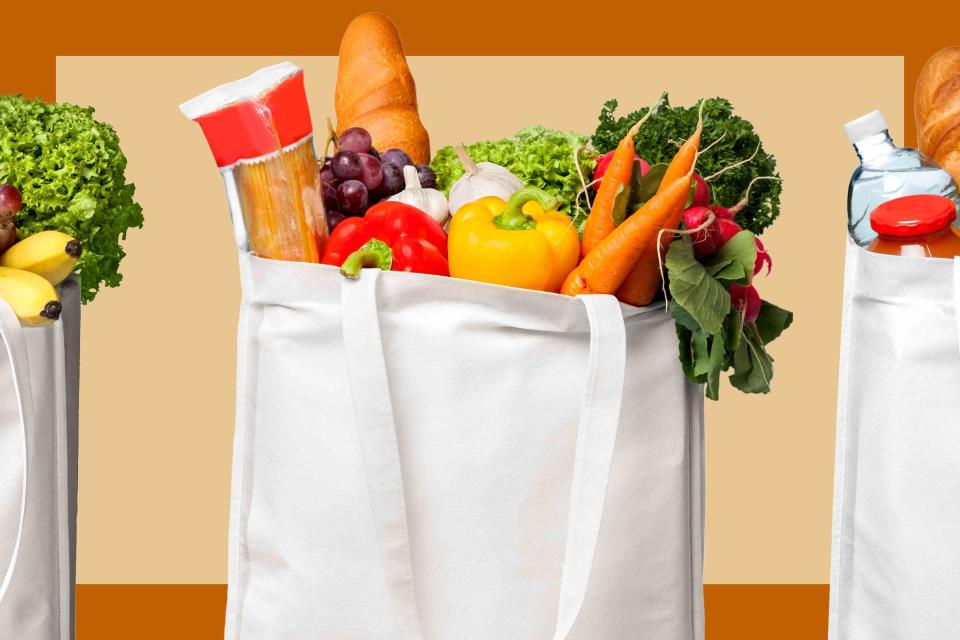Grocery Prices Are Up Even More Than You Think, If You Include This Cost
Grocery prices are up 25% overall, and if you factor in the cost of fuel, they can reach 31%.

Food & Wine / Getty Images
It’s no secret that the cost of groceries has skyrocketed since the onset of the pandemic in 2020. According to federal statistics, prices have surged by a staggering 25% across the board. This has prompted major retailers to take drastic measures, such as slashing prices, in a bid to regain consumer trust.
In recent weeks, retail giants like Target and Walmart have taken significant steps to alleviate the burden on consumers. Target, for instance, has reduced prices on more than 5,000 items, including household essentials like laundry detergent and pet food. It has also pledged to introduce thousands more price cuts throughout the summer. Budget German grocer Aldi also announced slashing prices on more than 250 popular items — a move it estimates will save customers as much as $100 million collectively. Even Amazon, the online shopping giant, announced this past weekend that it would be slashing grocery prices by as much as 30%. Walmart, too, has had reductions of its own — and its first-quarter results have shown signs of improvement as a result.
Still, an analysis by Yahoo Finance shows that a quick trip to the store is even more expensive if you factor in the cost of driving there. It estimates the expense for a bag of groceries has risen 31% since 2018.
Related: Here’s What’s Really Going on With Skyrocketing Food Prices
This is true even though food price inflation is moderating. It was up 1.2% in April, and prices are up 2.2% in 2024 overall.
Yahoo’s grocery trip was based on prices in April. It included a loaf of bread, a dozen eggs, a pound of tomatoes, two pounds of chicken, 1.5 pounds of ground beef, a gallon of whole milk, a pound of oranges, and gas for the trip. In 2018, that trip collectively cost $19.65. In 2021, at the height of the pandemic, it cost $20.84 and in 2024, the tally reached $25.83.
Related: Aldi Announces Major Discounts on 250 Popular Items This Summer, Saving Shoppers $100 Million
To be sure, people who live in walkable cities might not notice the difference, and delivery fees could send grocery prices even higher. But it’s clear that not only are groceries more expensive — collecting them is, too.
For more Food & Wine news, make sure to sign up for our newsletter!
Read the original article on Food & Wine.

 Yahoo Finance
Yahoo Finance 